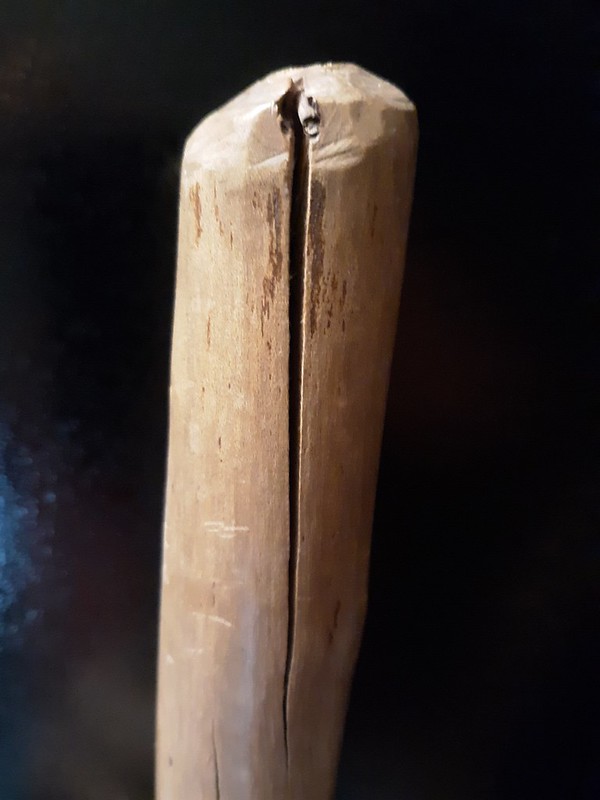This is way off topic but I respect the knowledge of this group and feel like it's the best shot I have at finding a solution. My hiking stick that I've had for many years and countless miles is developing a crack at the handle. I do NOT want to wrap it with any type of cord but would like to repair it rather than replace it. I'm thinking wood glue or putty and a healthy dose of BLO.
A friend who does woodworking as a hobby recommended drilling across the crack and driving a glue coated dowel into the hole. Are there better options? Should I use the BLO before or after sealing the crack? Is there a specific adhesive that works better than the Gorilla Wood Glue? Is there anything I should do to the wood before attempting the repair?
Sorry for so many questions and thanks in advance for any ideas.
A friend who does woodworking as a hobby recommended drilling across the crack and driving a glue coated dowel into the hole. Are there better options? Should I use the BLO before or after sealing the crack? Is there a specific adhesive that works better than the Gorilla Wood Glue? Is there anything I should do to the wood before attempting the repair?
Sorry for so many questions and thanks in advance for any ideas.

